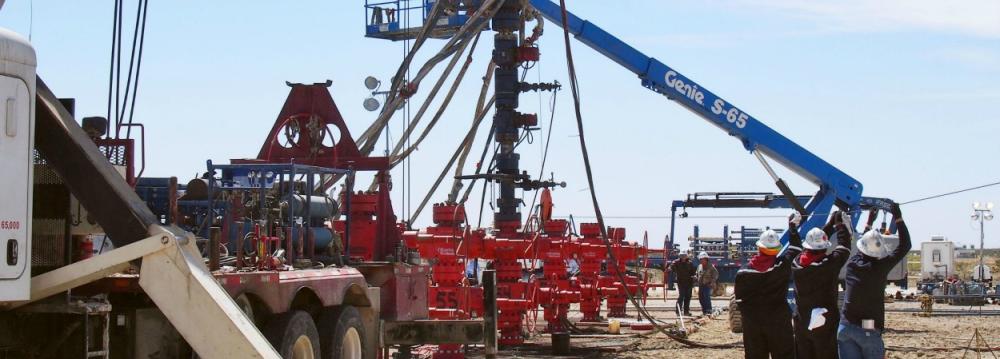For the last decade, smaller oil companies have led the way in shale technology, slashing costs by as much as half with breakthroughs such as horizontal drilling and hydraulic fracking that turned the United States into the world’s fastest-growing energy exporter. Now, oil majors that were slow to seize on shale are seeking further efficiencies by adapting technologies for highly automated offshore operations to shale and pursuing advances in digitalization that have reshaped industries from auto manufacturing to retail, Reuters reported.
If they are successful, the US oil industry’s ability to bring more wells to production at lower cost could amp up future output and company profits. The firms could also frustrate the ongoing effort by the Organization of Petroleum Exporting Countries’ effort to drain a global oil glut. “We’re bringing science into the art of drilling wells,” said Oscar Portillo, a Shale oil engineer.
The technological push comes amid worries that US shale gains are slowing, as investors press for higher financial returns. Many investors want producers to restrain spending and focus on generating higher returns, not volume, prompting some to pull back on drilling. Production at a majority of publicly traded shale producers rose just 1.3% over the first three quarters this year, according to Morgan Stanley. But many US shale producers vowed during third quarter earnings disclosures to deliver higher returns through technology, with many forecasting aggressive output hikes into 2018.
Chevron Corp is using drones equipped with thermal imaging to detect leaks in oil tanks and pipelines across its shale fields, avoiding traditional ground inspections and lengthy shutdowns.
Ryan Lance, chief executive of ConocoPhillips, the largest US independent oil and gas producer, sees ample opportunity to boost both profits and output. Conoco also oversees remote drilling operations in a similar way to Shell.
Shell, in an initiative called “iShale,” has marshaled technology from a dozen oilfield suppliers, including devices from subsea specialist TechnipFMC Plc that separate fracking sand from oil and well-control software from Emerson Electric Company, to bring more automation and data analysis to shale operations.
The initiative aims to create cheaper versions for onshore production by incorporating low-cost sensors similar to those in Apple Inc’s Watch, eliminating the need for workers to visit thousands of shale drilling rigs to read gauges and manually adjust valves. Oil firms currently spend about $5.9 million to drill a new shale well, according to consultancy Rystad Energy. Shell expects to chop that cost to less than $4 million apiece by the end of the decade.


